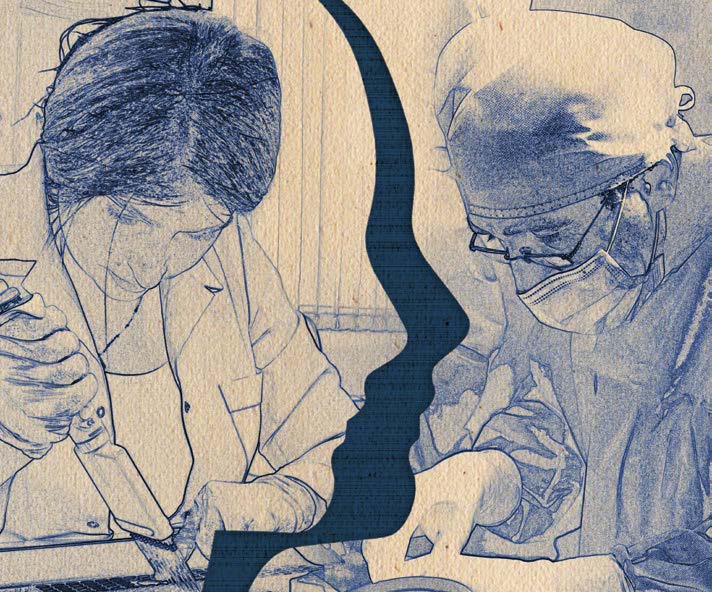Problems of Providing Pediatric Services with Human Resources in the Primary Healthcare System in Armenia
Karine Saribekyan1, Davit Melik-Nubaryan2, Gohar Yerimyan1
1 Avdalbekyan National Institute of Health, MoH RA, Yerevan, Armenia
2 Heratsi Yerevan State Medical University, Yerevan, Armenia
ABSTRACT
Introduction: The health and development status of children and adolescents significantly determines the future well-being of a society, is a guarantee of sustainable economic and social development. Investments made in the field of child healthcare are considered effective investments aimed at a prosperous future.
Purpose: To identify problems that can be solved to improve the quality of medical care for children in primary healthcare settings by examining the organization of pediatric services and the current situation with the provision of services and staffing.
Methods: The following data collection tools were used: study of international experience and documents regulating the field; comparative analysis of statistical data; and interviews among first-year clinical residents.
Results: Due to the implemented systemic changes and the closure of the pediatric faculty, in the period 2000-2020 the number of primary care pediatricians has been constantly decreasing; compared to 1990, it has decreased by more than half (in 1990 there 2000, while in 2020 – 946 pediatricians). In polyclinics, there is a deepening deficit of young specialists along with the continuous “aging” of the existing pediatric staff. In 2017, people aged 55 and older made up 49% of all pediatricians, whereas in 2021 – 61%. In recent years, the number of primary care pediatricians has been reduced by 8-10 specialists per year. The established situation leads to a significant increase in the burden of the expensive hospital services, together with a decrease in trust in the primary healthcare system and a lack of motivational mechanisms among health workers. The problem of human resources in the pediatric service is most relevant in the regions and, in recent years, also in Yerevan. At the same time, in university and postgraduate programs, the subject of pediatrics is taught with a minimum amount. Among the reasons for not choosing pediatrics profession, almost all clinical residents mentioned low-paid and responsible work.
Conclusion: The postgraduate education programs of pediatricians and family physicians need to be reviewed. Pediatricians of general practice required for the primary healthcare unit can be trained according to a shorter-term program, in which the emphasis should be shifted from issues related to a sick child to monitoring healthy children, assessing their growth and development, as well as training in preventive pediatrics. The core of the implemented reforms should be the issues of providing human resources, developing and implementing motivational mechanisms for their work in the primary healthcare system.
Keywords: human resources, primary healthcare, child and adolescent health, pediatric service, family medicine, clinical residency, pediatric faculty

